Bruno Sacco, who is about to turn eighty-nine, was one of the most influential designers in the vast history of Mercedes-Benz cars
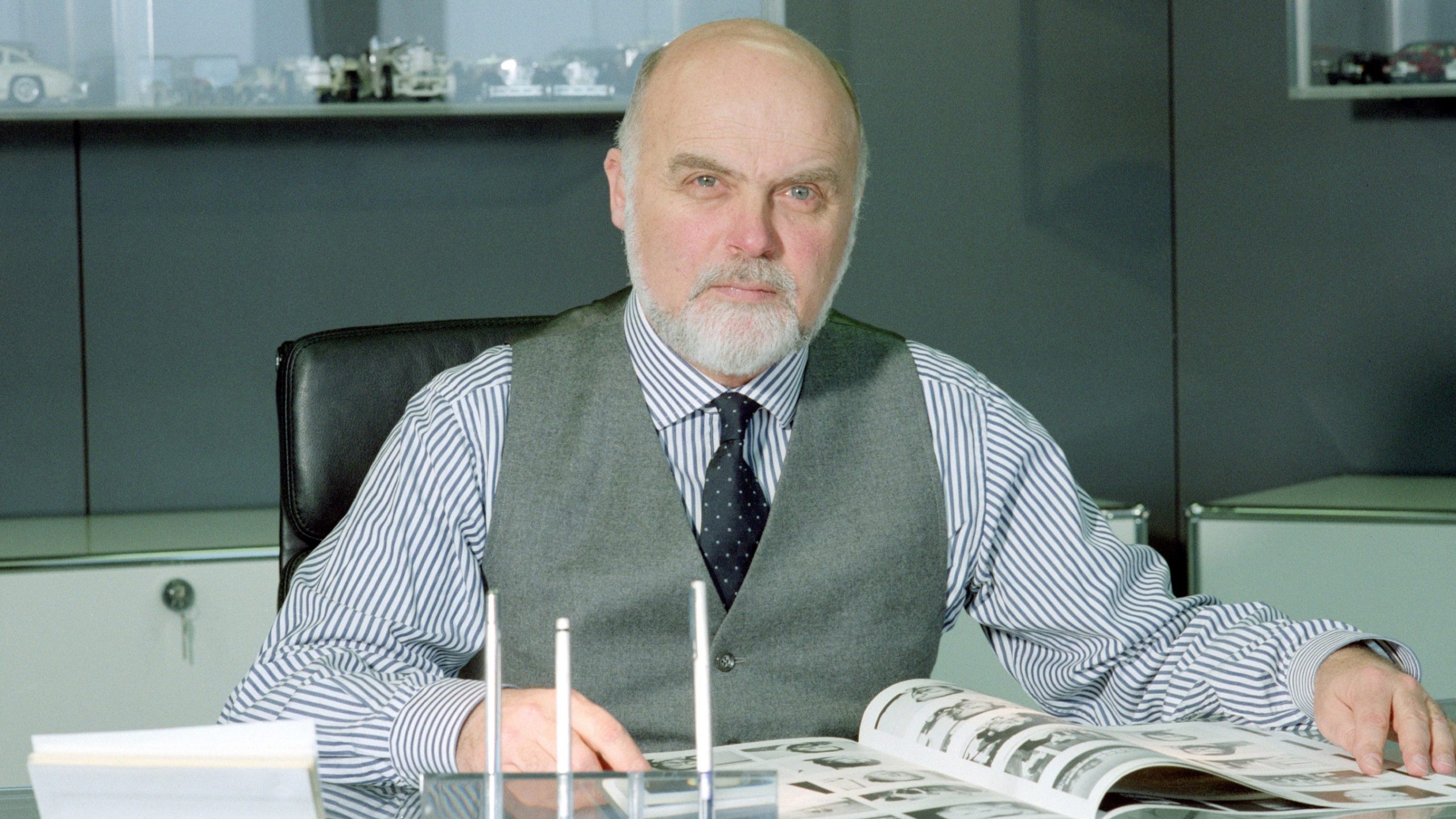
Mercedes-Benz has a strong image in the market for several reasons. One of them is its design identity, which we can all agree is highly consistent. Though no strategy is perfect, we have to admire the German company for its commitment to the one it chose to execute. Mercedes-Benz design has become a brand of its own; each car simply adds a different dimension to it. But things have not always been like that.
Besides countless specific works, Bruno Sacco is credited for building the identity that defines Mercedes-Benz as we know it. He entered the company in the late 1950s, when it was already prestigious. However, his car projects and his macroscopic vision have surely made it stand out. Especially considering that the global luxury market has only become more competitive. Let us present an overview of Sacco’s history.
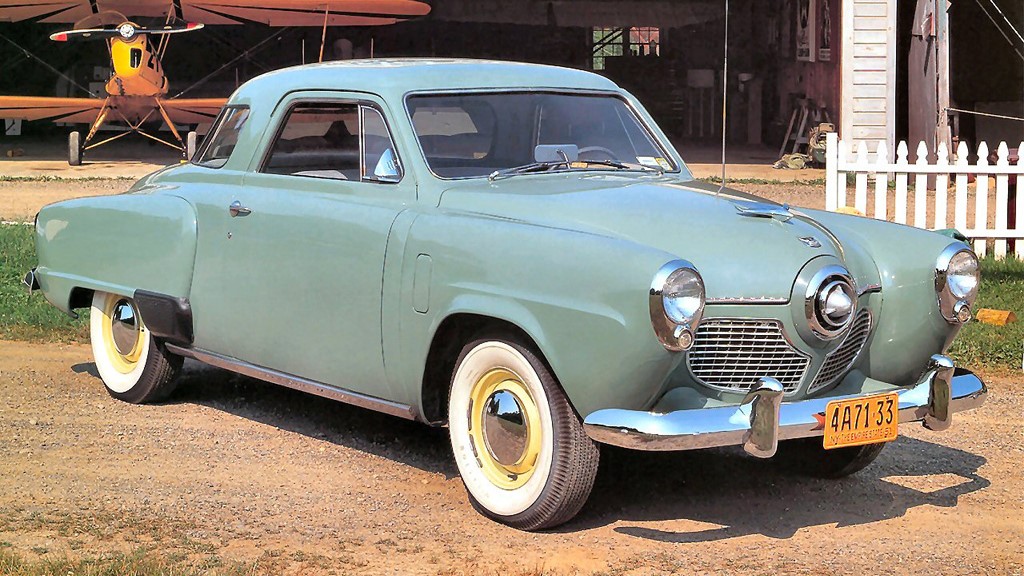
Early steps of Bruno Sacco
Born in the Italian city of Udine in 1933, Bruno Sacco was drawn to car design at the age of 18. He visited the Turin Motor Show and was fascinated by the Studebaker Starlight. While the car lacked the excess of chrome trim that characterized North American cars of that time, its aircraft-inspired style caught Sacco’s attention. He eventually moved to Turin in 1952 to try his chances in the booming car design field.
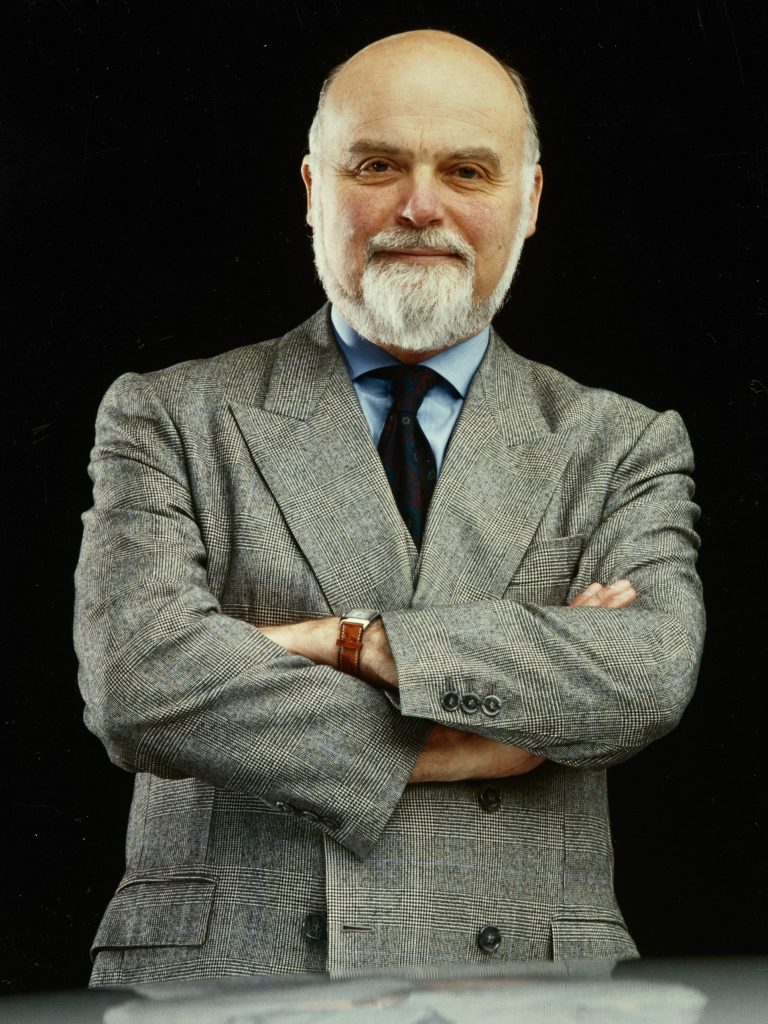
The future designer studied Mechanical Engineering at a time when Italian studios were the reference in car design. He found work in Ghia in 1955 and Pinin Farina later, but it turns out that he had to leave Italy. Karl Wilfert, then Mercedes-Benz’s head of design and development, invited Bruno Sacco to work at the Sindelfingen plant in 1958. He was the company’s second stylist, reporting directly to Paul Bracq.
At first, the young designer intended to keep that job for just a few years. However, he eventually married Annemarie Ibe in 1959 and had their daughter Marina in 1960. Parallel to that, he was involving himself in projects that turned out to be highly successful for Mercedes-Benz. Some were the 600 sedan, the W113 generation of the SL-Class, and the concept cars ESV and C111 – the latter is actually a group of cars.

Design revolution in Mercedes-Benz
At first, Bruno Sacco needed to understand how Mercedes-Benz worked. “It was difficult for the Germans themselves. There weren’t any written [styling or design] laws; it was a corporate culture.” He knew that it closely followed the founder’s motto, “Nothing but the best”, and that became his main guideline. “Once I understood it, I began to evolve the form.” He quickly ascended in the design department in the 1970s.

That time marked the implementation of Sacco’s most important contribution to the company: the design identity based on two principles. One was “vertical affinity”, where new models are not supposed to make their predecessors look outdated. The other one was “horizontal homogeneity”, where models of all sizes must have stylistic affinity. Learning that makes it easy to understand a lot of Mercedes-Benz design.
The designer began to shine by bringing the automaker’s identity to the new times. The chrome trim and the boxy design seen in the 1960s made room for smooth lines, delicate ornaments, and a general sense of solidness. Bruno Sacco wanted cars to be simple and objective – “effective”, to use his word – where all elements follow the same direction. That was the birth of the consistency that made the brand famous.
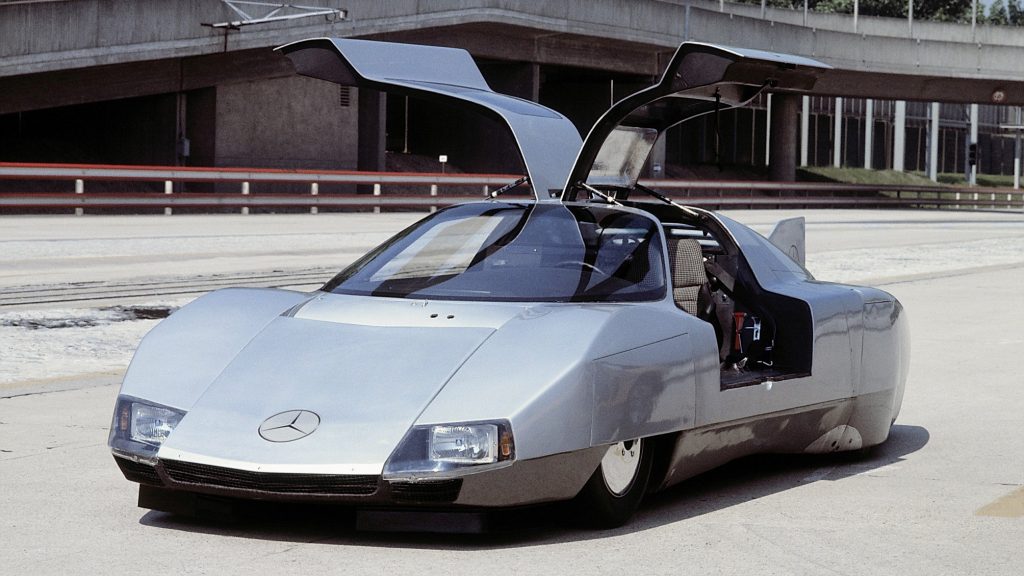
Early aerodynamic optimization
Now, none of that meant Bruno Sacco was a conservative designer. One of its first major works was the C-111 III, a 1978 concept car focused on aerodynamic efficiency. Many technologies developed for that car made their way into regular cars right in the following decade. Its simple shapes, flush-mounted elements, and teardrop silhouette follow a trend which would only become mainstream around fifteen years later.
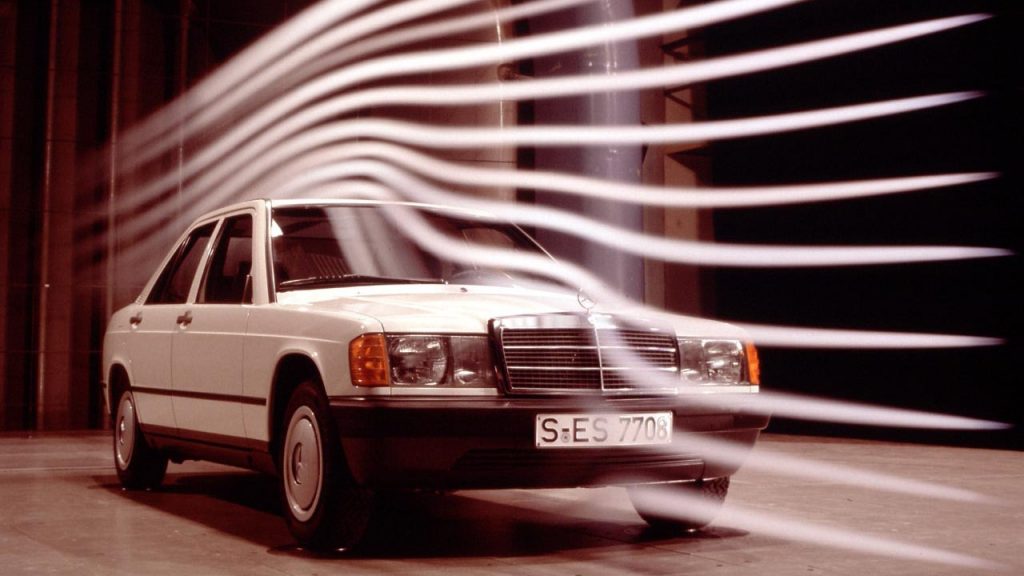
A few years later, Mercedes-Benz saw another revolution led by Bruno Sacco: the W201, officially named 190. The first “baby Benz” brought a series of mechanical innovations such as anti-squat and anti-sway suspension geometry, front and rear anti-roll bars, and extensive use of high-strength steel. Everything wrapped in an external shape perfectly integrated with that of larger and more expensive Mercedes cars.
As you can see, Sacco’s creations were all the rage in the Mercedes-Benz of the 1980s. One of the highest points of his career was the R129, which many fans consider the most beautiful generation of the SL Class. The model’s predecessor, R107, spent 18 years in the market, so there was a lot to catch up with. Not only did it do that, but it also set style trends that would culminate in the W140, another classic of that time.
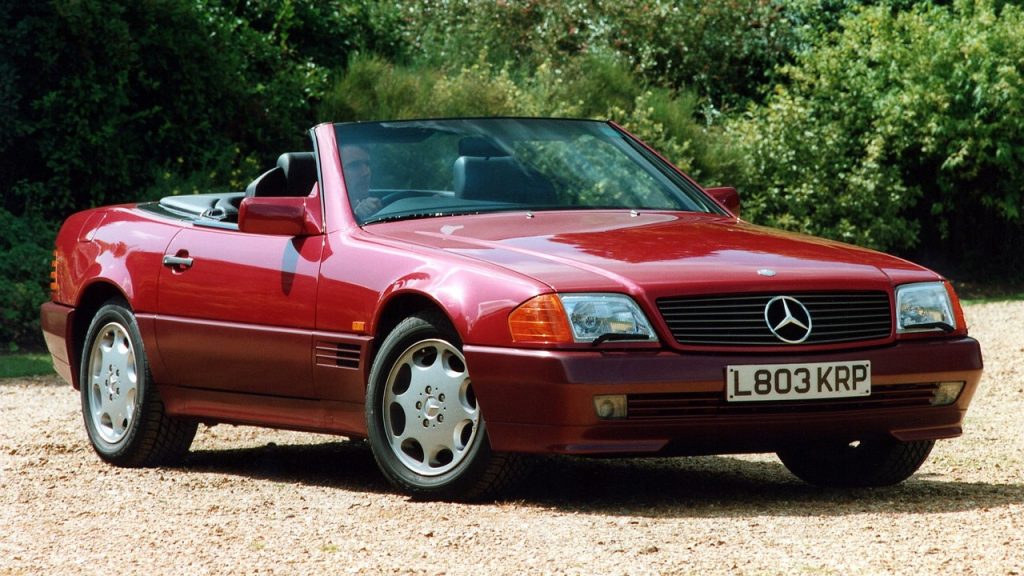
Worldwide reference in car design
After becoming head of Mercedes-Benz design in 1979, we can say that Bruno Sacco reached his apex in the early 1990s. The W202 kept the compact line thriving, the R129 became a legend among sports cars, and the W140 was the reference in its segment. It was easier than ever to see that those cars belonged to the same family. The designer gave them strong, individual personalities using the same design tools.

By mid-decade, he met the goal of establishing a whole design philosophy for the brand, not yet another style trend. As a consequence, he allowed his team to make experiments over the following years, such as the W210’s circular headlights. That new phase also opened the company for emerging market segments: it released the all-new SLK baby roadster in 1996 and the CLK coupé and ML-Class SUV in 1997.
While Bruno Sacco would retire from Mercedes-Benz in 1999, that did not mean his creativity waned. The very first A-Class appeared not long after those other cars but was even more challenging. It was the first car of his time with front-wheel drive and “without a tail and nose”. Such ventures proved that Mercedes-Benz’s identity was firm in an intelligent way. It could welcome new models without losing its character.
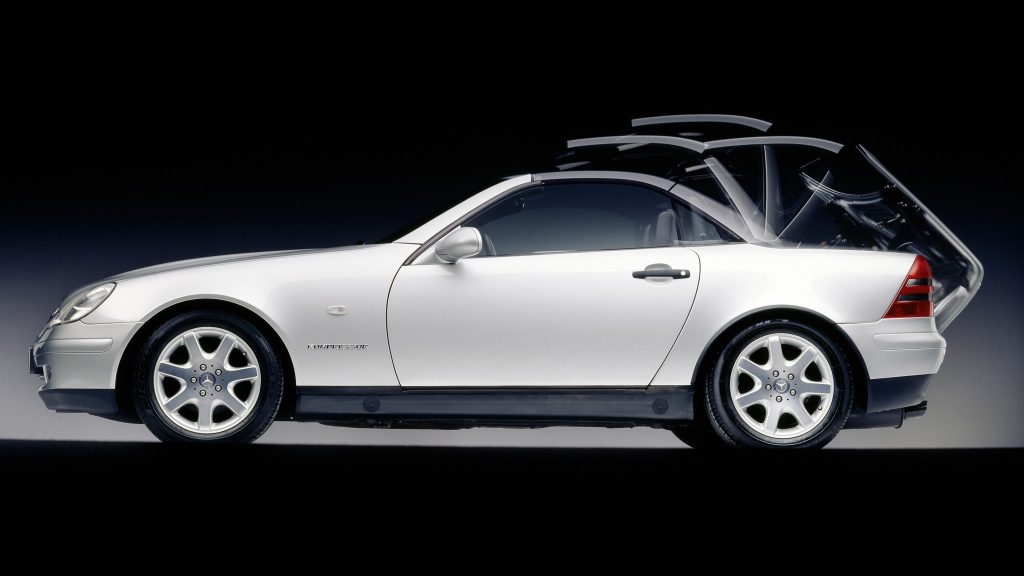
“Driving a car means total freedom”
According to Mercedes-Benz’s Classic Magazine, Bruno Sacco now lives in the outskirts of Sindelfingen, in the vicinity of Stuttgart. After owning several Mercedes-Benz cars, he has settled for a 2019 E-Class plus a 1989 560 SEC (C126). Both are coupés and dark blue so as to represent two of the designer’s preferences – he associates the color to Italy and “the sky, open space, beautiful weather, holidays, and relaxing”.
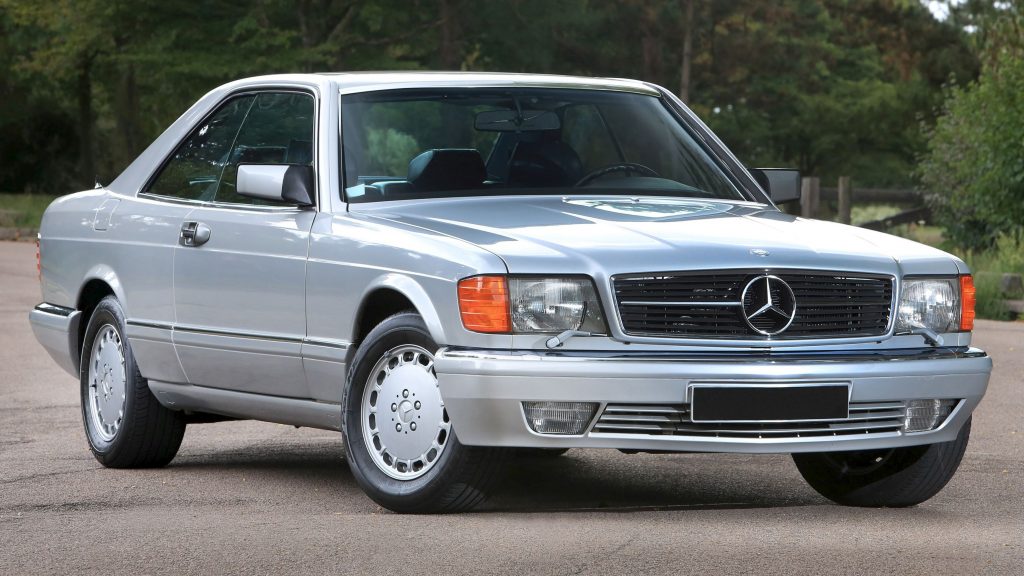
After Sacco’s retirement, the company moved on to a brief partnership with Chrysler and, later, to further embrace the latest market trends. There were new crossover models in the 2000s, the global SUV craze in the 2010s, and the rise of electrification more recently. Nevertheless, we can safely say that the company has updated its cars while preserving much of the philosophy which Bruno Sacco once established.
Nowadays, we can see a GLC, an EQE or the most recent SL and identify them as Mercedes-Benz cars just as easily as we would have done in the 1980s. The latest car models may be highly different, but they still manage to perfectly integrate with the rest of the lineup. More importantly, they manage to strengthen Mercedes-Benz’s global image through the decades. That is the power of Bruno Sacco’s visionary work.
You may also like
While Bruno Sacco did wonders in Mercedes-Benz, the late Robert Opron had a similar importance to Citroën and Renault around the same time. Read more about his brilliant career!
Danillo Almeida has explored his passion for cars in two distinct ways. The first one is his graduation course in Mechanical Engineering, which will hopefully lead to a job position in the field. The other one is expressing his knowledge and opinions on the matter through writing. Almeida has already contributed to blogs, stores, and websites in general writing automotive content in many formats.




